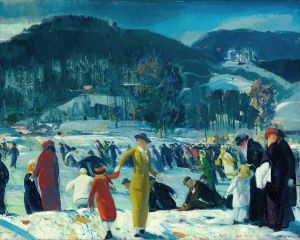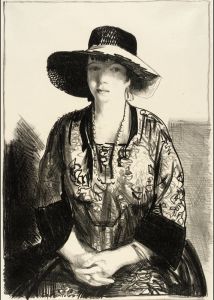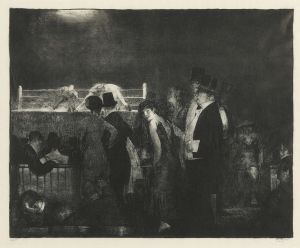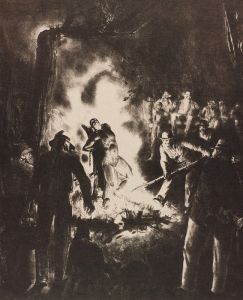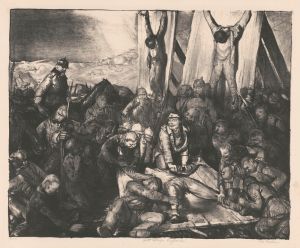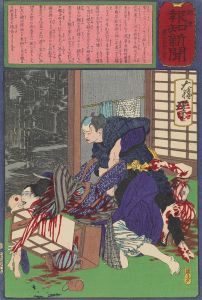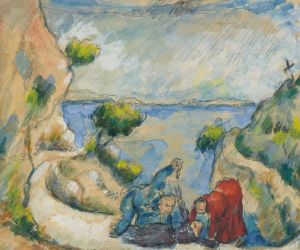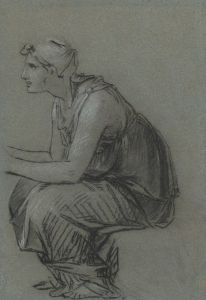
Murder of Edith Cavell
A hand-painted replica of George Wesley Bellows’s masterpiece Murder of Edith Cavell, meticulously crafted by professional artists to capture the true essence of the original. Each piece is created with museum-quality canvas and rare mineral pigments, carefully painted by experienced artists with delicate brushstrokes and rich, layered colors to perfectly recreate the texture of the original artwork. Unlike machine-printed reproductions, this hand-painted version brings the painting to life, infused with the artist’s emotions and skill in every stroke. Whether for personal collection or home decoration, it instantly elevates the artistic atmosphere of any space.
The painting Murder of Edith Cavell was created by American artist George Wesley Bellows in 1918. This work is part of a series of lithographs and paintings Bellows produced during World War I, which were inspired by reports of atrocities committed during the conflict. The painting specifically depicts the execution of Edith Cavell, a British nurse who was executed by a German firing squad in 1915 during the German occupation of Belgium.
Edith Cavell was a prominent figure in World War I for her role in aiding Allied soldiers to escape from German-occupied Belgium. She was arrested by German authorities, charged with treason, and executed on October 12, 1915. Her death caused international outrage and was widely condemned as a violation of humanitarian principles. Cavell became a symbol of self-sacrifice and courage, and her story was used in Allied propaganda to galvanize public opinion against Germany.
Bellows' painting portrays the moment of Cavell's execution in a dramatic and emotionally charged manner. The composition includes Cavell standing in the center, surrounded by soldiers and other figures, with a stark and somber atmosphere. The work is notable for its raw emotional intensity and its use of dark, muted colors to convey the gravity of the event. Bellows, known for his realist and socially conscious art, used this painting to express his outrage at the brutality of war and to highlight the human cost of conflict.
The painting is part of Bellows' broader exploration of wartime themes, which he pursued after being influenced by reports of German war crimes and the broader devastation of World War I. His works from this period often combine elements of realism and expressionism, aiming to provoke a visceral reaction from viewers.
Murder of Edith Cavell is now recognized as a significant example of wartime art and a reflection of the cultural and political climate of the early 20th century. It serves as both a historical document and a powerful artistic statement against the atrocities of war. The painting is held in the collection of the National Gallery of Art in Washington, D.C.








